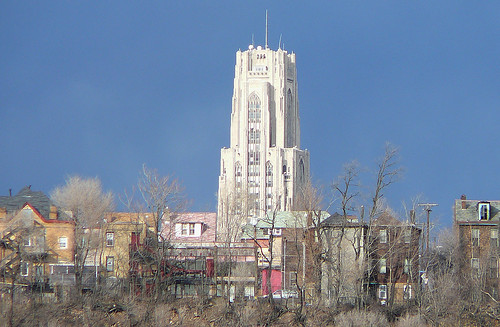
Mathew Brady became the father of photojournalism in the United States for the large collection of horrific battlefield images that he amassed during the Civil War.
Among the most gruesome were those that were captured by two of his photographers who were dispatched to the Battle of Antietam, following the Sept. 17, 1862, fighting that became known as the bloodiest single day of the war.
The photos were later displayed at Brady’s New York studio. A line of people stretched around the block to see the them, and many walked away shocked and dismayed by their first view of dead bodies scattered about a battlefield. The nation had been used to just seeing glorious woodcuts of battle scenes that tended to romanticize the war. For the first time, Americans began to look at photography as something other than staged portraits. It was almost as if Brady had dropped off the corpses at the front door of American houses, The New York Times reported. While Brady didn't shoot most of the shots, he "brought home to us the terrible reality and earnestness of war," the newspaper suggested.

Brady, who also photographed President Abraham Lincoln, thought there was money to be made in the project that cost him nearly $100,000 but left him penniless. The photos were just too hard to digest at the time. But Brady didn't regret his decision to document the war.
“I had to go. A spirit in my feet said ‘Go,’ and I went,” Brady has been quoted as saying.
Eventually, the Brady collection was purchased for $25,000 by the U.S. government. It is now considered to be a priceless account of the war.
This story is among many included in an audio tour of Antietam Battlefield, a beautifully manicured National Park just outside of Sharpsburg. For $20, you can purchase a self-guided tour at the gift shop, pop a CD into your car’s CD player and drive around park at your leisure. The Travel Brains tour comes with a hand-held field guide and sound affects like canon fire and actors with different accents to add to the drama. While I prefer to interact with real-time tour guides, this is a great alternative, especially if you want to duck out early and listen to the story on the way home. Besides, a personal tour of the battlefield comes at a price of $50 at the gift shop.
The park, unlike Gettysburg in Pennsylvania, hasn’t changed much since the battle waged by 40,000 Southern troops and 87,000 federal soldiers that killed 23,110 men. Unlike Gettysburg, there are no McDonald’s arches on the horizon. With the Brady photos in hand, it’s not hard to imagine the fighting, especially along the hotly contested Sunken Road where nearly 5,000 soldiers met their deaths during four hours of fighting.

The north was victorious in what was the first of two efforts by Confederate Gen. Robert E. Lee to fight the war on northern soil. Before the photographers went to work at Antietam, one general who was there took the time to pen the following observations:
“In the time that I am writing every stalk of corn in the northern and greater part of the field was cut as closely as could have been done with a knife, and the slain lay in rows precisely as they had stood in their ranks a few moments before,” Major Gen. Joseph Hooker of the Union Army of the Potomac noted in his journal. “It was never my fortune to witness a more bloody, dismal battlefield.”
(Captions: Mathew Brady, top, and one of his battle scenes from Antietam, photos that are in the public domain. The Sunken Road as it appears today in a photo by Scott Beveridge)



















